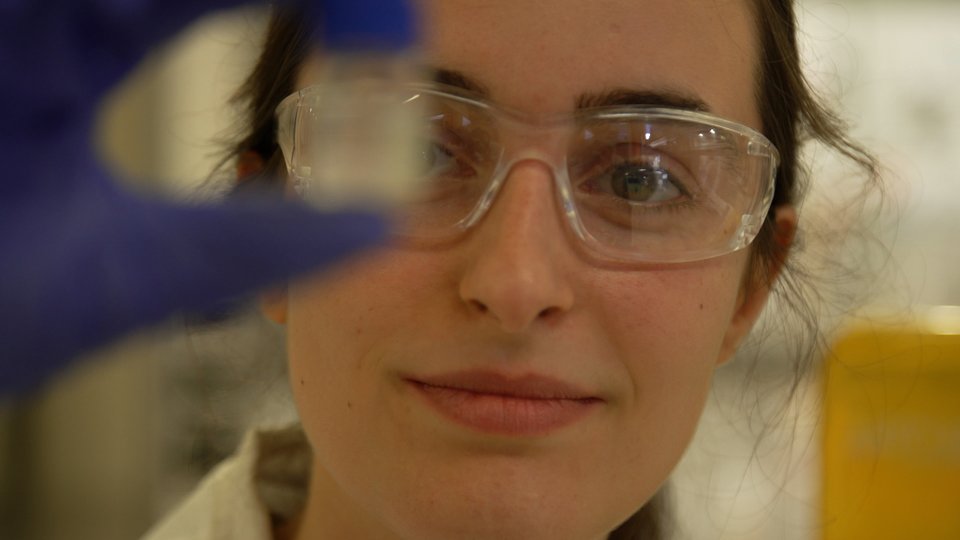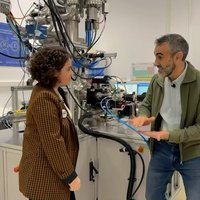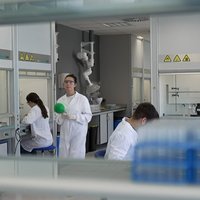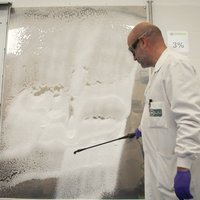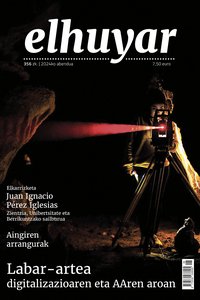Project SAFE: emergency plans by satellite
Crete, the region of Heraklion, a land where many earthquakes occur.
day 1 08:04The
exercise begins. The assumption is that many buildings have been destroyed and the city has run out of electricity. Heraklion's power station is on fire.
Near the facility, a coordination van has been installed to replace damaged ground telecommunications. Throughout the simulation, this mobile unit will operate in all parts affected by the disaster.
It has taken less than half an hour to form a satellite telecommunications connection. In this way, the authorities will be able to join the affected sites by telephone or video conference and collect data. A Wi-Fi network is built around the truck. The data that emergency teams receive on their laptops and small PDAs is sent to the servers in real time.
A coordination centre has been established in Heraklion that has begun to receive news of the most serious situations. From there they will be guided both by the emergency of the first moment and by the epidemic controls that must be carried out afterwards.
Someone injured at the power station is receiving emergency assistance.
day 1, 08:10As a
result of the earthquake, several toxic substances have escaped and immediately a floating barrier has been installed to prevent the spread of pollution. The images of the cameras are sent to the satellite via wifi and the authorities see the situation directly.
day 2, 12:00A few hours
later, an emergency situation occurred in a hotel on the outskirts of Heraklion. The workers have been evacuated, but there are also injured people among the clients who will be assisted by the emergency services. From the coordination area, it is decided to remove the wounded by helicopter.
day 3 After
three days, emergency situations have ended, but the authorities must avoid the risk of epidemics.
Near the stadium, a medical service has been established. People who have changed places go there to sign up. Doctors take care of the wounded and decide what they need. The satellite connection that has been created with the van allows the requests to be sent to the coordination site by video conference.
Directly from "Mr. Mamantopoulos... The atropine, yes. how many bottles? Ten of them? I agree with you."
the 5th day
Some of the inhabitants are still in an evacuation situation. Because the risk of epidemics in these areas is relatively high, they take drastic measures. One case of gastroenteritis has appeared, and a second one... and the SAFE system has created a warning.
In the coordination area, epidemiologists have launched a protocol to investigate the problem. Everyone is asked what they have taken in the past few days. Ura aztertu dute, eta odol-laginak koordinazio-furgonetarekin konektaturik dagoen laborategi mugikor batean aztertzen dituzte.
day 6 By
the sixth day, there has been an increase in cases of gastroenteritis, which already exceeds 25. However, the agent has been identified: it is salmonella. But where did it come from? Epidemiologists in the coordination area are talking, via video conference, to the hospital in a nearby city, where salmonella has also appeared. The origin of the contamination has also been identified: it is the water that has been distributed in the camp.
day 8
A tourist has more severe symptoms than those of salmonella: he has typhoid fever. Although this is an isolated case, the authorities have issued an international warning.
In this way, the SAFE project has shown that the satellite is also effective for working locally, because it is suitable to inform the whole world of the real situation. Experts from all over the world, even though they are far from Crete, will be able to help. This is just one example of how satellite systems are suitable, if necessary and without any risk, to put the health world in communication.
Buletina
Bidali zure helbide elektronikoa eta jaso asteroko buletina zure sarrera-ontzian



